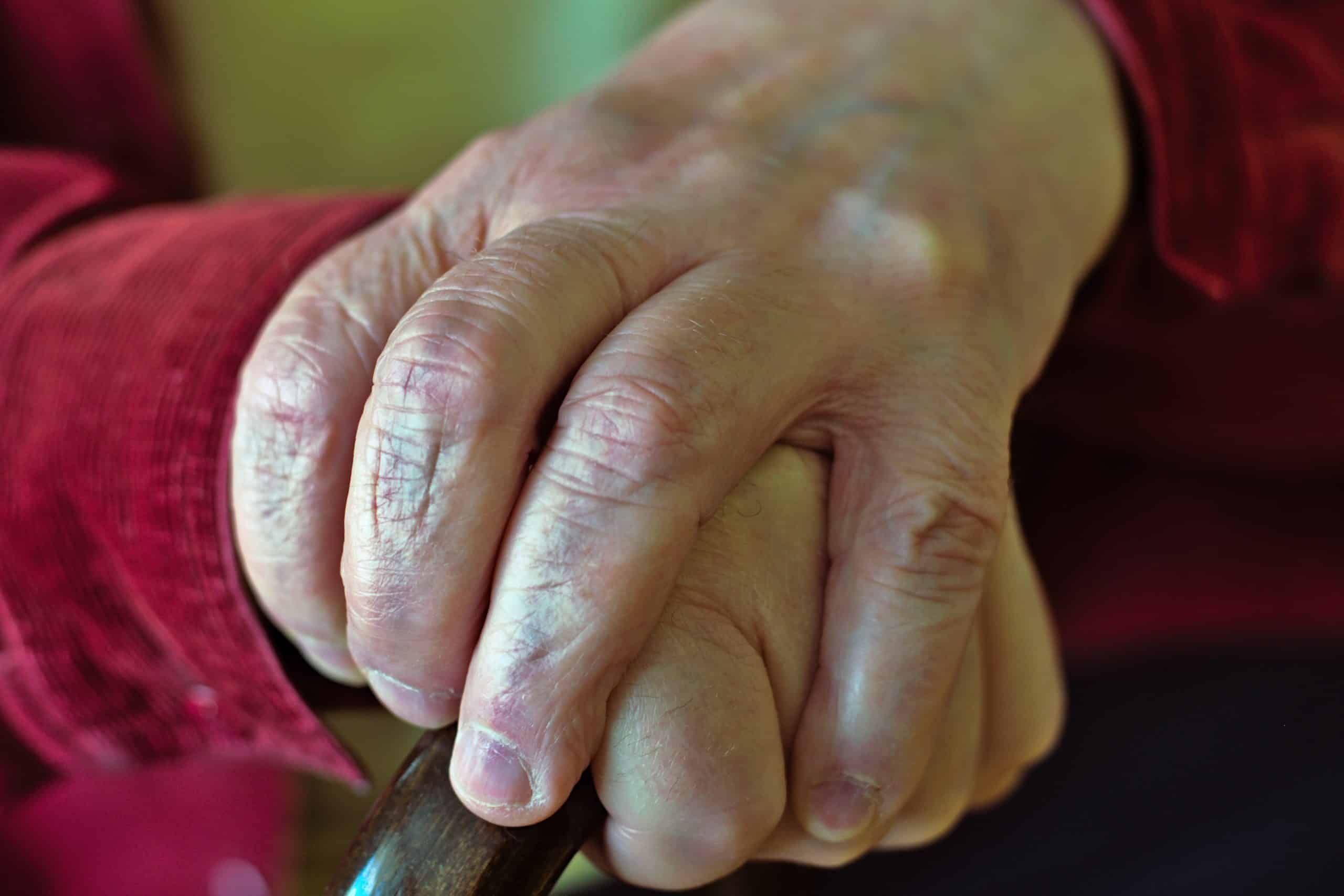Occupational therapy focuses on recuperation, rehabilitation, and recovery of individuals that have experienced accidents and injuries or that have just had surgery. Mobility aids can improve and hasten healing from such incidents, while also providing the sense of safety and security that help many get around easier. Talk with your OT provider and mobility professionals to learn more and consider observing Occupational Therapy Month this April to show your support.
Occupational Therapy Month in April each year strives to spread awareness and make connections among those that could potentially benefit from treatment and therapy. The benefits of occupational therapy extend across patients and seniors to families and caregivers, moving people toward recovery. As for mobility aids, occupational therapists (OTs) embrace the tools and adaptive equipment that can help individuals move and live with more ease. Let’s discuss a few.
Along with Occupational therapy, these mobility aids can enhance quality of life:
Canes and Walking Sticks
A standard cane will provide support, but a walking stick may offer more stability. Consider tripods or quadrupeds, with three and four feet on their base, respectively. These are often used by individuals that are weak, either following surgery or a medical episode, like a stroke. The multi-point base design of a walking stick that you find in a mobility aid retail venue provides the added assistance needed, either for the short or long term.
Crutches
When you think of crutches, you probably think of someone who has broken a leg or twisted an ankle. True enough crutches are the ideal mobility aid to take the weight off a weak or injured limb, leg, or extremity while recovering and rehabilitating. Crutches are not often used long-term, as there are more convenient options for those that require similar support for prolonged periods or for chronic conditions. Crutches are a great occupational therapy tool for someone who has lost mobility or strength in their feet or legs.
Walkers
Walkers are called by many names, including Zimmer frames. Typically, these ‘walking frames’ or walkers have four legs or two legs with two wheels. These provide walking assistance for those that need it. Some other styles of walkers include foldable, wheeled, non-foldable, and without wheels, the options and features go on and on. You will see people in hospitals often using walkers of all different kinds- there are even knee walkers that you crouch on when moving- or in settings where people are recovering and rehabilitating.
Rollators
A Rollator is essentially a rolling walker, though there are variations and distinctions. These are designed for individuals that may lack the strength or stamina to push a traditional walker forward when moving. Many of these offer seats for the user to sit and rest as needed which also may reduce the risk of a fall for many. Three-wheeled rollators are often called tri-walkers, and you may find a sturdy outdoor variation with four wheels that is good on rough and rugged terrain.
So, yes rollators are good for both indoor and outdoor use. Storage may be the only issue that some consumers face, though many styles are light enough to allow for picking up and folding with relative ease, when necessary.
Wheelchairs
Certainly, you are familiar with wheelchairs and, hopefully, you won’t need one anytime soon. Depending on your needs, injury, or conditioning, a wheelchair may be the most therapeutic mobility aid for you. Depending on the user’s strength level, a self-propelled wheelchair may be a viable option. Those with less upper body strength may find that an attendant-propelled wheelchair is more prudent.
If you will be using a wheelchair for the long term, a powered wheelchair makes a lot of sense and it can be a lot more comfortable for the individual, too. Certain factors, like if you plan to use it outdoors or in, are relevant when seeking and purchasing a wheelchair. Visit a mobility retailer to learn more about wheelchair options today!
Mobility scooters
So, are you going to be using your mobility aid outdoors most of the time? A scooter might be perfect for you. These are designed for non-road travel but with the speed that you want outside. There are two different classes of mobility scooters with varying speed maximums that you should consider as well as the best terrain for each.
Make sure that you account for transporting the scooter as needed. This can be a challenge. Also, do you have a means of transporting it, that is, a large trunk or truck bed? These are pertinent questions to consider when shopping for the best mobility aids for you and your lifestyle. Your OT can help you pinpoint solutions that work and that provide optimal autonomy and independence.
The strides that mobility aids and OT can make are amazing. If you live with a physical disability or are recovering from an accident, injury, or surgery, consider how mobility aids may help put you on the path to recovery. Talk with your occupational therapist about potential options- and visit Pacific Mobility to learn more about mobility aids available
President, Husband, Father, Grandfather Graduate of UC Davis- Bio Sci Major- Go Aggies! Jeff has extensive experience in all of Pacific Mobility’s products and services, and specializes in accessibility products as well as stairlifts, ceiling lifts and custom wheel chairs. His hobbies include spending time with family, gardening, mountain biking, exercising and off road motorcycle riding.
24 years as Owner/President of Pacific Mobility Center – selling, installing, and servicing stairlifts, porch lifts, ceiling lifts, pool lifts, handicap ramping, specialty wheelchairs, scooters, power wheel chairs, and other power mobility devices
Certified Environmental Access Consultant since 2008
Licensed General Contractor since 1998
Certified Aging in Place Specialist since 2016
Board Member for Home Access Professionals
Member of Association of Members of the Accessibility Equipment Industry (AEMA)




